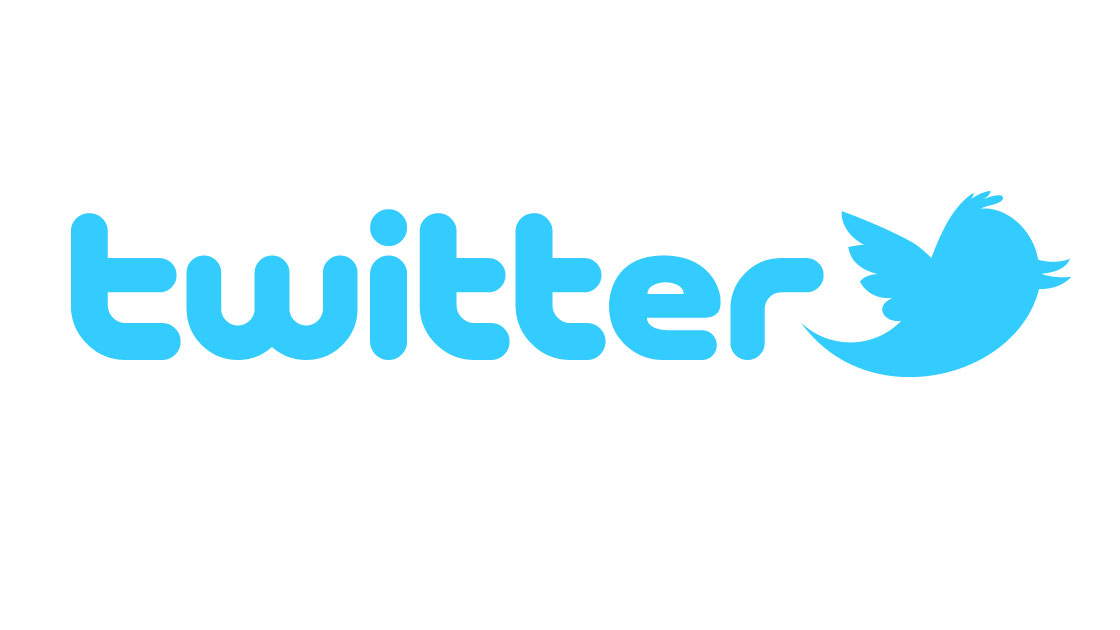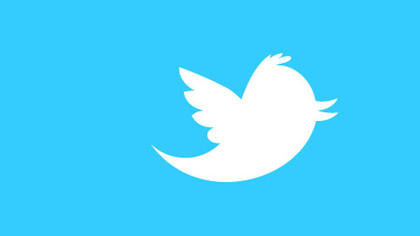How to get your business on Twitter
How to get your business on Twitter and keep your followers coming back for more

Good businesses don't need to spend money on marketing, their customers do it for them through word of mouth and recommendations. In the past, businessrecommendations were passed on via the printed word and in conversations when people met.
Today those conversations are increasingly being made online and via social networks like Twitter. According to an April 2010 report from analysts ROI Research, nearly one out of every two Twitter users recommend, talk about, or make a purchase from a company that they have connected with on Twitter, and as of October 2011 there were over 350 million Twitter users worldwide, making more than 250 million comments (Tweets) a day.
While it's not written in law that every business needs to be on Twitter, yet, it is a good idea to either monitor Twitter or to put your toe in the water, and the easiest way to do that is to register set up a Twitter feed for your business.
How to choose a Twitter name
Setting up a Twitter feed for your business is simple and free. All you need to do is go to the Twitter signup page (https://twitter.com/signup) fill in your email and password details and choose your Twitter username then click on Create my account, and you're free to start using Twitter.
Choosing the username is the hardest part of the process. With 350+ million users already on the system, all the immediately recognisable usernames have already gone. So you need to be clever about your choice of name. Ideally, you want a name that reflects what either you or your business does. Additionally you want people to be able to remember the name, and repeat your comments without using too many of their available 140 characters. So choose wisely: you won't be able to change names later.
After you create your name, there are few other housekeeping things you should do in the Twitter Profile settings. You should upload a profile picture, which should either be a picture of you or – better still – your business logo. You also need to create a short biography: you have a limit of 160 characters, but unlike the username you can change this as you go.
How to keep your audience coming back
Twitter is all about creating followers and keeping those followers. The more followers you or your business has, the more people will talk about you, and because more people see your name more people will follow you.
Are you a pro? Subscribe to our newsletter
Sign up to the TechRadar Pro newsletter to get all the top news, opinion, features and guidance your business needs to succeed!
People tend to follow other Twitter users for several different reasons; either because the information they get is useful to what they do, or their Tweets are interesting and keep them amused or informed. If you're not useful, or informative, or funny then people will soon unfollow you.

So make sure that you try and keep your Tweets relevant, and useful. For example, if you're launching a new product then Tweet about it. If you're discounting a product, or you have a sale on then Tweet about it.By offering your followers a reason to follow you keep them coming back and you keep your business in their mind.
Should you follow your followers?
Just being interesting and useful won't automatically bring you hundreds of followers overnight. Social media is all about creating, growing and maintaining customer relationships. It's a conversation between you and the customer, and you can't have a conversation unless both sides are talking, both sides are listening, and both sides are speaking the same language.
If you want people to follow you on Twitter and join in a community, then you need to acknowledge your followers, and the best way to do this is to setup a dialogue with them. Be proactive; ask your followers questions, and try and stimulate a conversation. Many businesses on Twitter will automatically follow someone who follows them, and while this is a good way of building your followers it also adds to your workload particularly if you become very popular. Ideally follow the people you think are useful and don't be afraid to unfollow people.
Make your followers' part of the conversation
Lastly, you should remember that Twitter is a two-way medium and it's one that is open to the World. If you see that someone is starting to complain about your business on Twitter, then the worst thing to do is to ignore them, or antagonise them. It's important to understand that comments on Twitter are indexed and what you say will be remembered. Google uses Twitter feeds as part of it'ssearch results and everything is saved and searchable.
If someone is complaining then make sure that you respond as soon as possible and, if you can identify them as a customer, try to contact them directly, or ask them to email you offline – dealing with a problem in 140 characters can take a long time. Then make sure that you deal with the complaint in "Twitter time". Twitter users are used to fast responses: if you spend three days replying then they're going to think that you are ignoring them or you just don't care. If you can't clear up the problem in Twitter-time then make sure that you keep them up to date with what's happening.
Further reading
Twitter for business (https://business.twitter.com/) – Twitter's own helpful guide to Twitter for businesses, from the basics, through to help on getting the most out of Twitter, and on to advertising on Twitter.